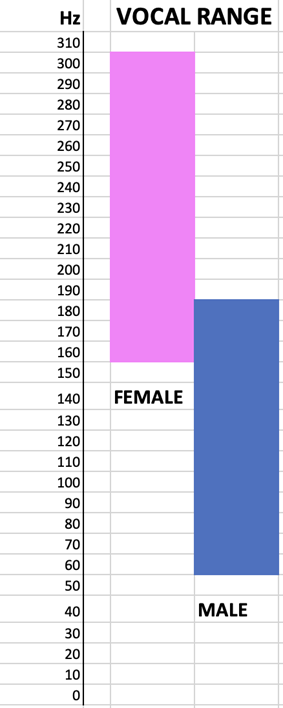Gravitas and Voice in Sales – New Research
Interest rates have risen, housing prices have dropped and the share market is dwindling. Like that is news to you! We are all effected!
During this time of uncertainly, I notice a tendency to focus on getting the sales processes in place, where it all seems so tangible and reassuring to have everything ‘in its place and a place for everything’, but here’s the challenge: if your interpersonal skills are left behind, you are left behind.
Don’t make this mistake of working on your systems and ignoring the people who are out there getting the results. Remember…
“Systems don’t sell. People sell!”
When thinking of the ‘people’ aspect, remember your salespeople have a voice they are using constantly, on-line, on the telephone, in social media and in message banks. Despite the 300,000-year-old history of orality, the voice often forgotten, yet it fits todays’ lifestyle of multitasking like a glove. We know it is faster and more effective to pick up the phone to a client and that interpersonal touch is critical to trust.
Salesperson, Joan, has been given feedback about her lack of gravitas in digital, phone and face-to-face engagements. What to do? The word ‘gravitas’ is bandied around but what does it mean?
If you are turning to Ancient Rome, that body of work can not help in this instance. The Ancient Romans took voice seriously, but they only considered male voices.

When it comes to the female voice we need to think for ourselves.
Listening to Joan I hear immediately: she is perceived as ‘speaking too fast’, there is an upwards infection at the end of each sentence, her in-beaths are audible and, of course, she is a women, so her pitch is high.
There is a lot to consider here, but I would like to focus on new research findings in the area of pitch.
Vocal pitch
Key is that, while many of us think we are using the voice we are born with, in fact, voice is a choice. You have enormous range and possibilities of sound. Within limits you can have the sound you want, with one major limiter – pitch.
The mostly male sales team are around the meeting table and the conversation is buzzing around 100Hz. A low hum and all congruent with each other following their flow of speech. Joan, the only woman on the board, interjects. The men in the room are slightly jarred.
“What’s that?”
The unconscious mind interjects hearing a sound more like 200Hz and possibly with some other interspersed vocal tensions. “This is incongruent. I don’t want to hear this” they seem to say (maybe they even literally block the sound from their minds). “Joan has no gravitas” they whisper to themselves behind the conscious wall.
Yes, Joan obviously has a problem to deal with, but is the problem all Joan’s and what can she do about it?
Finding a solution to this means recognising that women’s and men’s voices vary and markedly in the pitch we use.
According to NCBI Library of Medicine, a female’s pitch range generally falls somewhere between 160 – 300 Hz, while a male’s voice can be 60 – 180 Hz. Big difference! . . . and barely and overlap.

Firstly, recognise that there is reality and perception and they are two different things.
Joan’s poor breathing and upwards inflection are signs of stress, but recent research by Midam Kim from the University of Kansas School of Business, nominated for the Phillips and Nadkarni Award for Best Paper on Diversity and Cognition, sheds new light on pitch perception.
We know that lower voices are more attractive and typically thought to be an auditory cue for leader domination. The common belief is that lower voices are considered to have gravitas and hence leadership. That means, as a male you are ‘in’ and as a woman you are pushing the proverbial up hill. The reason for this is stereotype and it is a big ship to turn.
However, according to Dr Kim, the ship is turning. Her research shows that today, lower pitch is not perceived the same when coming from both genders. In fact, people expect a more communal leadership from women and are therefore not so pedantic about the lower pitch range. It appears that, at long last, perception is changing.
In fact, when it comes to leadership, it is now considered old school to lower the voice to a male range and well known cases of this are Margaret Thatcher and Elizabeth Holmes.
Looking at the diagram above you can see that to compete with the men, this means going lower than the natural range and, although this is possible, it is way out of the range of what we could consider ‘authentic’ which brings us back to Ancient Rome after all. You see the Ancient Romans focused on the integrity of the speaker and to speak outside one’s natural range does not fit that bill.
A solution is to maintain our voice in the natural repertoire of sound. One less thing to worry about!
Of course the other areas of poor breathing, upwards inflection and speaking too quickly are still to be managed, but we can sit quiet on the area of pitch.




